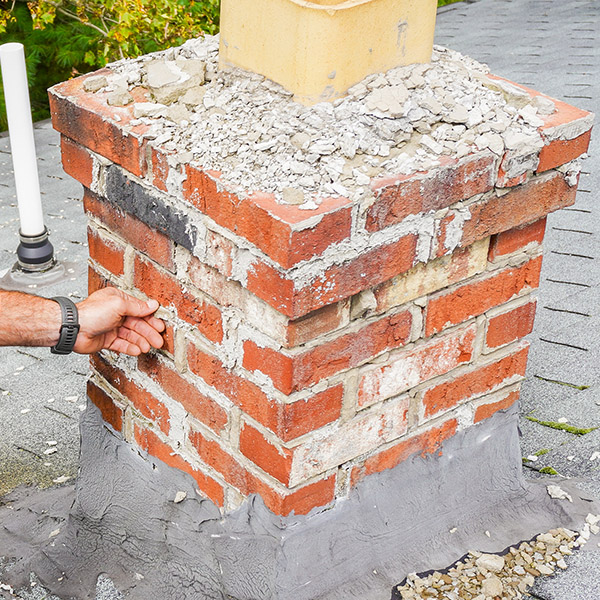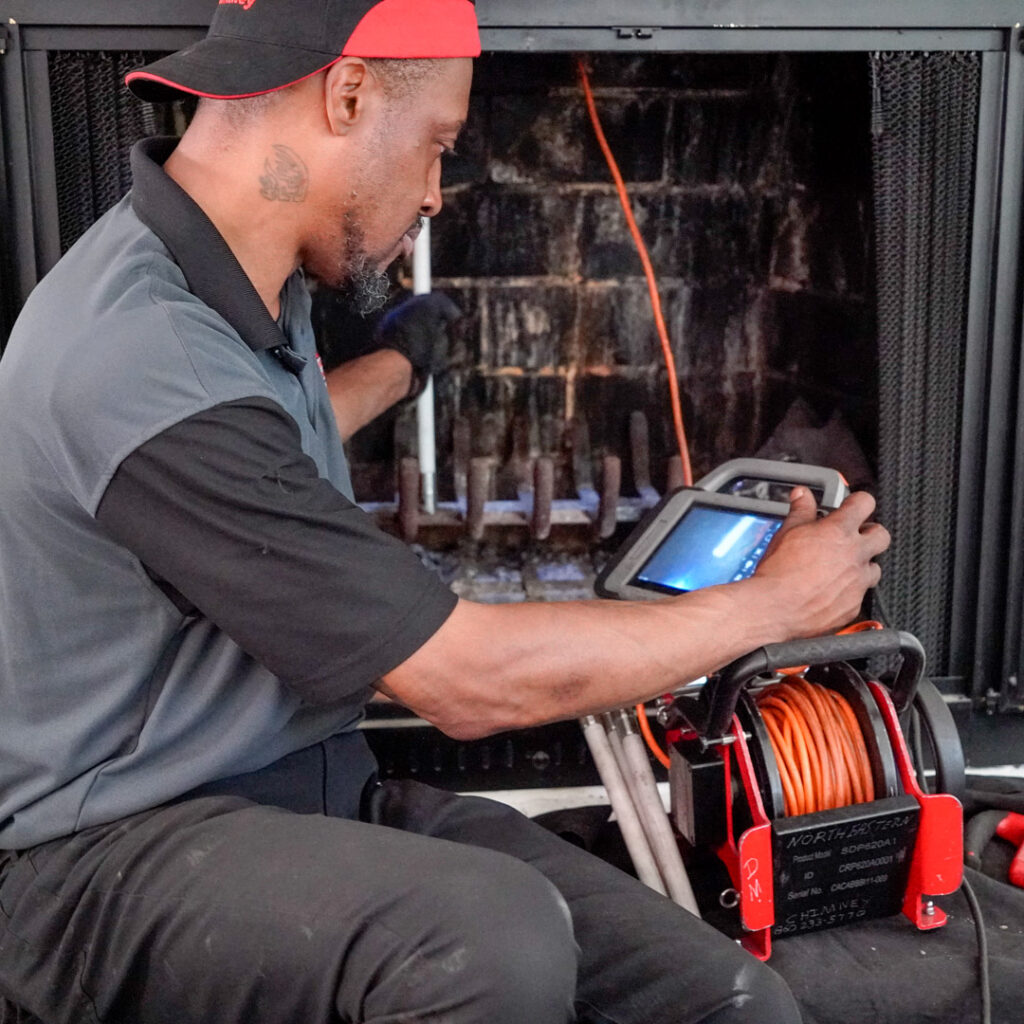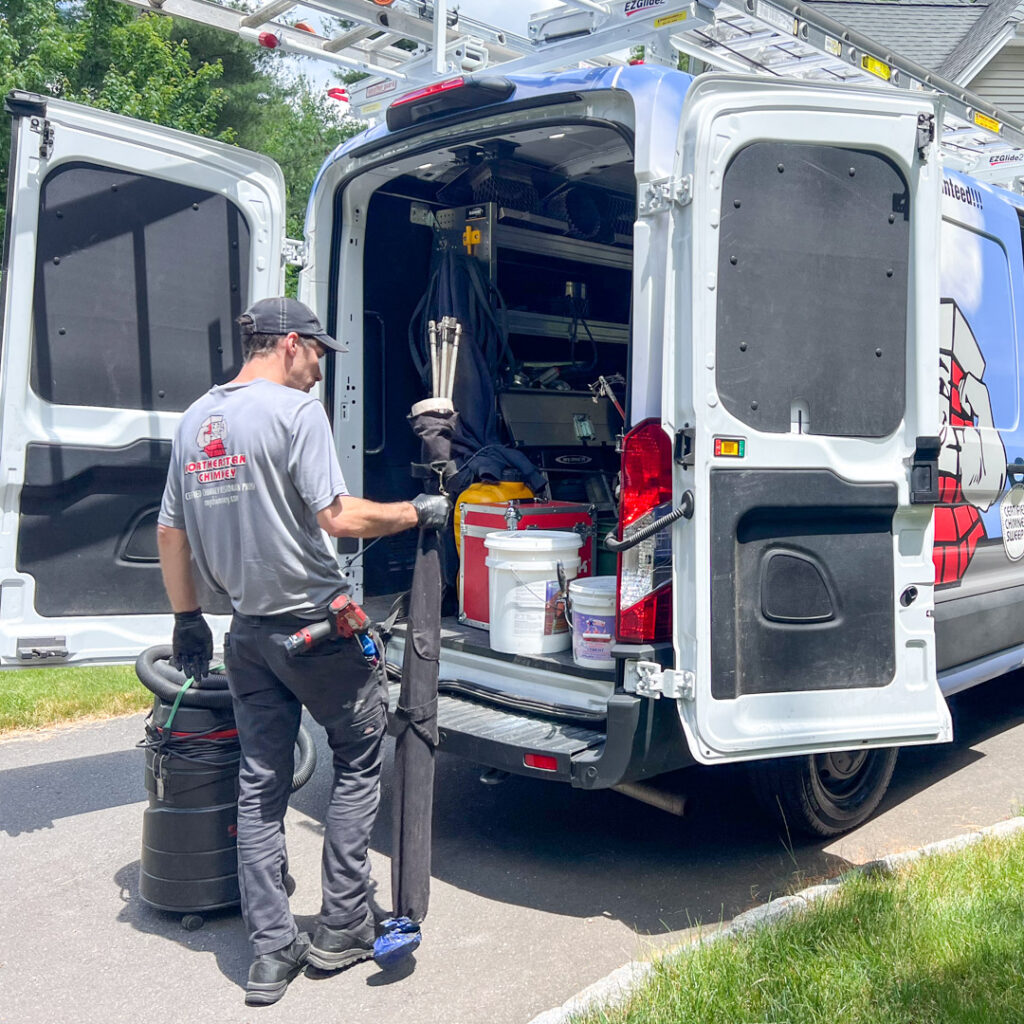How to Keep Your Gas Fireplace in Top Shape!
Gas fireplaces are a wonderful addition to any home, offering warmth, convenience, and a cozy ambiance. However, like any appliance, they require regular maintenance to ensure they continue to run efficiently and safely. Gas log services are essential to keeping your fireplace running smoothly, preventing potential issues, and ensuring you get the most out of your heating system. Here’s why regular servicing is important and what you should look out for when it comes to common gas fireplace problems.
1. Heat Sensors and Gas Burners Need Regular Cleaning
Gas fireplaces rely on heat sensors and gas burners to function properly. Over time, dust and debris can accumulate in these components, causing them to malfunction. If your heat sensors are dirty, they may not detect the correct temperature, leading to improper operation or failure to ignite the fireplace. Similarly, gas burners that are clogged with dirt or soot can result in uneven heating or a weak flame. Regular gas log services will ensure that these components are thoroughly cleaned, preventing costly issues down the road.
2. Electrical Issues Can Occur
Gas fireplaces also rely on electrical components to function, including wall switches, thermostats, and even ignition systems. Like any electrical system, these parts can wear out or become damaged over time. If you flip the wall switch and nothing happens, or the fireplace won’t light, it could be due to a faulty electrical connection or a malfunctioning switch. Gas log services can address these issues, replacing damaged parts before they cause a complete breakdown.
3. Wall Switches and Wire Connectors Need Replacing
Wall switches and wire connectors are often overlooked but are critical to your gas fireplace’s functionality. Over time, these parts can deteriorate, leading to connection issues. A wall switch may fail to turn the fireplace on, or faulty wire connectors may cause the fireplace to lose power intermittently. During a service visit, a technician can inspect these components and replace them if necessary, ensuring that your fireplace operates reliably.
4. Common Gas Fireplace Problems
Even if your fireplace seems to be working fine, there are several common issues that may indicate it needs servicing:
- Turning the wall switch on and nothing happens: If you flip the switch and nothing happens, it could be due to a faulty switch, wiring issue, or ignition problem. A professional can diagnose and fix the issue, preventing further inconvenience.
- The fireplace runs for a period of time, but then shuts off: This issue may be caused by a malfunctioning heat sensor, clogged gas burners, or a faulty thermostat. Regular servicing can ensure these components are in good working order.
- Excessive black soot on the glass or logs: Soot buildup can occur if the burner is not properly cleaned or if the gas pressure is too high. This issue not only affects the appearance of your fireplace but can also reduce its efficiency. A technician will clean the burners and adjust the gas pressure to prevent further soot buildup.
- The pilot light won’t stay on: If the pilot light won’t stay lit, it may be due to a dirty thermocouple or a gas flow issue. Regular maintenance can identify and resolve the cause, ensuring the fireplace functions as it should.
5. Prevent Costly Repairs in the Future
Even if your gas fireplace is working properly, it’s a good idea to have it serviced regularly. Routine maintenance can catch small issues before they turn into major, costly repairs. For example, cleaning the burners and inspecting the electrical components can prevent a larger problem that might require a complete system replacement. By scheduling regular servicing, you can avoid unexpected repair bills and ensure your fireplace runs efficiently year after year.
In conclusion, gas log services are essential to maintaining the performance, safety, and longevity of your fireplace. Whether you’re dealing with a minor issue or just want to prevent future problems, regular servicing will help keep your fireplace running smoothly and reduce the risk of costly repairs down the line. Don’t wait for a breakdown – schedule a service today and enjoy the warmth and comfort of your gas fireplace all year long!
The post How to Keep Your Gas Fireplace in Top Shape! first appeared on Southern Chimneys.
This post first appeared on https://southernchimneys.com
 Common Causes of Chimney Leaks
Common Causes of Chimney Leaks





 How Do I Know If There Is An Issue?
How Do I Know If There Is An Issue?



